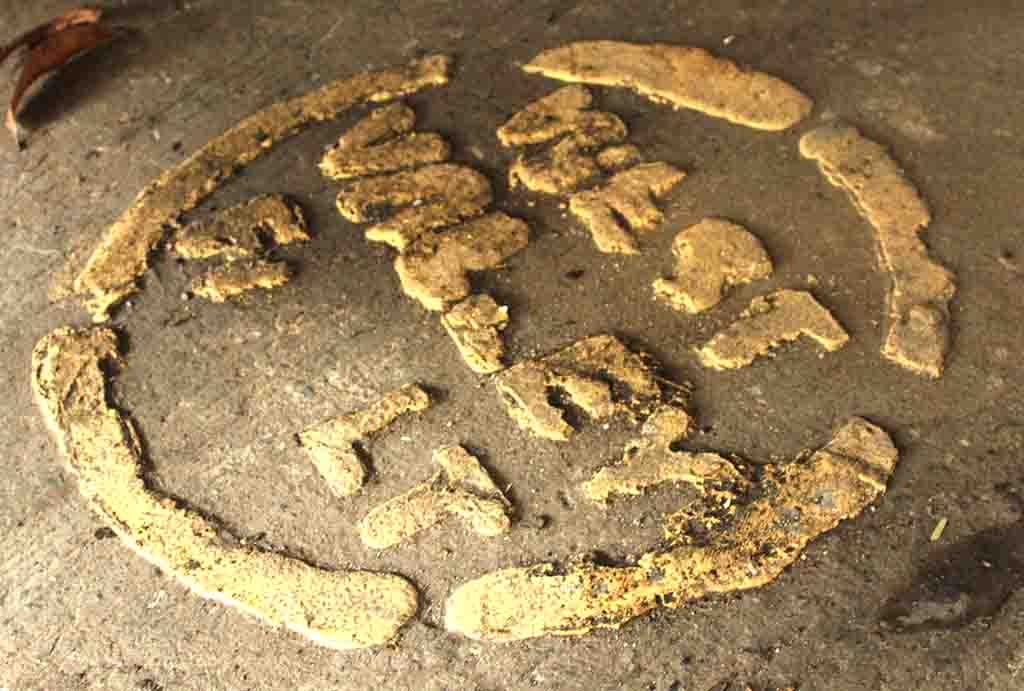[metaslider id=36380]
By ARIANNE CHRISTIAN TAPAO and NICOLE-ANNE LAGRIMAS
DESPITE shortcomings in crowd control, a Manila International Airport Authority (MIAA) official and observer of Wednesday’s earthquake drill at the International Cargo Terminal (ICT) rated the performance of emergency response personnel and workers as “very satisfactory.”
MIAA senior assistant general manager Vicente Guerzon rated the exercise “seven or eight” out of 10.
He said the airport police could have better handled the people, particularly members of the media, who swarmed to the mock disaster response procedures as they unfolded.
Held as part of the metro-wide annual Shake Drill organized by the Metropolitan Manila Development Authority (MMDA), the exercise at ICT started at exactly 9 a.m. and ended about 31 minutes later.
At least a hundred workers participated, including both MIAA workers and cargo concessionaires.
As the siren sounded, signaling the start of the drill, employees walked in line from different building exits to the parking lot where there were no threats of falling debris.
The police, fire rescue team and ambulance rushed to the scene to take care of “injured” patients.
Ambulances and firetrucks came rushing to ICT grounds one by one, discharging medical personnel who set up a tent to shelter the “injured.” Firemen assembled a high ladder to reach a woman “trapped” in the building.
Eighteen individuals played the role of victims, complete with fake wounds and blood, said MIAA spokesperson David De Castro.
After 31 minutes, the grounds were cleared of props and the workers went back to work, while the rescue teams stayed behind for a critique of the exercise.
Asked why the drill veered to the cargo, where not as many people are in danger compared to the passenger terminal, De Castro told VERA Files they wanted to limit the ensuing disruption in operations.
“The big concern is hindi pwedeng istorbohin ‘yung operations sa ating passenger terminal (The big concern is we cannot disturb the operations at the passenger terminal),” De Castro said.
“Kaya natin dito ginawa kasi mas magiging malaki ‘yung problema natin o ‘yung concern ‘pag sa passenger terminal (We’re doing the shake drill in the ICT because the problem or concern is much bigger in the passenger terminal),” he added.
The disturbance is very minimal in the cargo terminal, which is a hub for air cargo processing, handling and holding items overseas.
While the assurance of safety in the passenger terminal remains to be checked, De Castro added that the MIAA is looking into the possibility of conducting another shake drill in the future.
De Castro added the emergency response teams of all of the MIAA’s terminals regularly conduct drills separate from the MMDA’s.
Tabletop drills, where a map is laid out and action plans practiced and enacted on the map’s surface, are also conducted, said Guerzon.
The ICT houses hundreds of workers in its sprawling two-story building, where cargo packages going in and out of the country are stored and prepared for shipping or delivery.
The drill is expected to prepare workers and response teams for the effects and aftermath of “The Big One,” a 7.2-magnitude earthquake threatening places where the West Valley Fault lies. (See The fault beneath our schools: West Valley Fault forces demolition of buildings, displaces hundreds of students in Muntinlupa)
“Kung nakikita na merong defect, automatically sinu-subject natin sa structural investigation (If a defect is seen, we automatically subject it under structural investigation),” he said and added that ICT buildings are currently structurally sound.
“It can sustain a 7.2 magnitude earthquake,” Guerzon said.
Informational videos will be played in passenger terminals this year, De Castro said, an improvement from last year’s efforts to distribute awareness flyers.
PWDs not included in shake drill
Meanwhile, the drill did not look into whether persons with disabilities (PWDs) can follow the instructions of the drill.
Asked whether PWDs were taken into account, Guerzon said, “Meron po ‘yan, situational (There are cases like that but they are situational),” and added that different kinds of drill have been done every month like hijacking, sabotage and power outage.
Without catering to PWDs this time, however, the shake drill merely tested “how fast people will be able to react on a situation like this,” he said.
(The authors are University of the Philippines students writing for VERA Files as part of their internship.)

